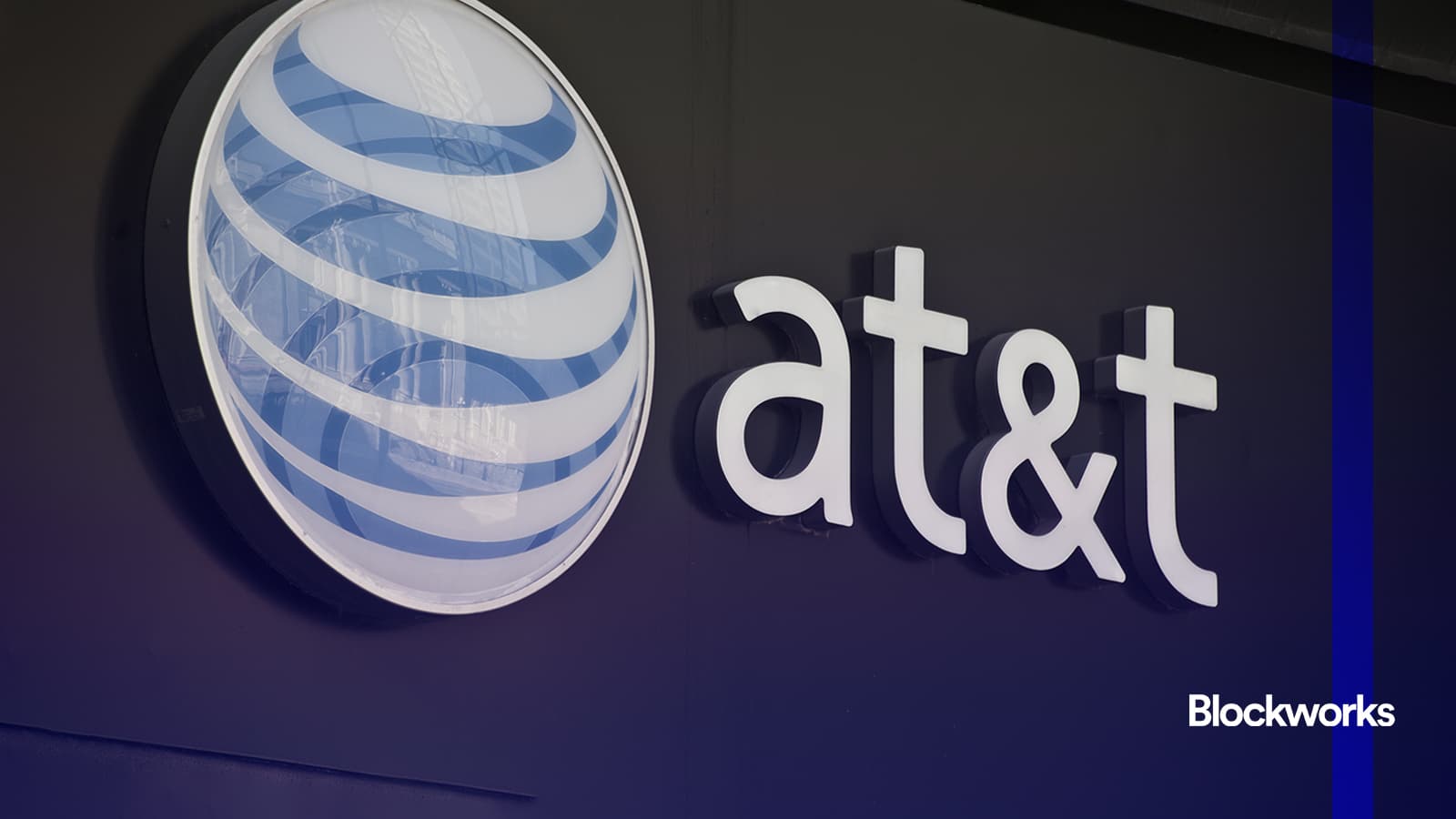Latest XNET News

7 days ago
Alpha Liquid Fund Invests in $XNET Token Ecosystem to Transform Mobile Connectivity
Alpha Liquid Fund has announced a significant investment in the $XNET token ecosystem, reinforcing its commitment to innovative projects in the decentralized wireless (DeWi) sector. The XNET Foundation is at the forefront of transforming mobile connectivity by addressing the limitations of traditional network infrastructure. By utilizing blockchain technology on the Solana network, Citizens Broadband Radio Service (CBRS) spectrum, and Wi-Fi 6+, XNET empowers local builders to deploy LTE/5G or carrier-grade Wi-Fi in underserved areas. This community-driven approach not only reduces costs but also enhances scalability, offering resilient connectivity solutions that challenge conventional Mobile Network Operator (MNO) models.
Recently, XNET Mobile was recognized as an International Data Corporation (IDC) Innovator in DePIN for 2025. In April, the project achieved a notable milestone with a 16% increase in average daily data offload, showcasing its ongoing momentum. Wes Levitt, the Chief Investment Officer of Alpha Liquid Fund, emphasized the tangible impact of XNET, highlighting the consistent growth in data offload and the strong community support that fuels the network's progress.
Alpha Liquid Fund specializes in liquid digital assets, maintaining a 90-day liquidity threshold. The fund employs a rigorous fundamental research approach, investing in digital assets both on the open market and through OTC deals directly from crypto projects. By utilizing institutional hedging tools and diversifying across sectors and market caps, Alpha Liquid Fund aims to deliver strong returns with reduced volatility and risk compared to direct digital asset holdings. Meanwhile, the XNET Foundation continues to drive innovation in decentralized wireless networks, striving to create scalable and cost-effective mobile connectivity solutions globally.

2 months ago
XNET Partners with AT&T to Enhance Decentralized Wi-Fi Network
XNET, a project based on the Solana blockchain, has recently announced a strategic partnership with AT&T, a major player in the US telecommunications industry. This collaboration aims to enhance the efficiency of mobile data traffic management by allowing AT&T to offload some of its mobile data onto XNET's decentralized network of Wi-Fi hotspots. XNET incentivizes businesses and public spaces to deploy these hotspots by rewarding them with XNET tokens, effectively creating a distributed wireless network that alleviates congestion and improves overall coverage. As part of this agreement, which has been operational since September 2024, AT&T customers can seamlessly connect to XNET's Wi-Fi network, with AT&T compensating XNET for the data usage in dollars, which is then distributed to XNET's node operators in the form of tokens.
Currently, XNET boasts 688 active nodes and has facilitated connections for approximately 9 million users through its network. The co-founder of XNET, Richard DeVaul, emphasized the importance of their token in financing the network's infrastructure, stating that traditional equity or debt financing would have posed significant challenges. He described XNET as a prime example of Decentralized Physical Infrastructure Networks (DePIN), showcasing how the project has successfully utilized its token to bootstrap operations and equipment financing. This innovative approach positions XNET as a unique player in the decentralized network space, distinguishing itself from competitors like Helium Mobile, which focuses on individual hotspot installations.
While both XNET and Helium Mobile operate in the decentralized network sector, XNET's business model is strictly B2B, targeting high-value locations for hotspot deployment. DeVaul noted that they view Helium as a potential customer rather than a competitor, indicating a collaborative spirit within the industry. As the demand for decentralized networks continues to grow, partnerships like that of XNET and AT&T may pave the way for more efficient and widespread internet access, ultimately benefiting users and businesses alike.

3 months ago
XNET Mobile: Pioneering Decentralized Wireless Solutions
Alpha Sigma Capital Research has recently published a comprehensive report on XNET Mobile (XNET), a key player in the decentralized wireless (DeWi) sector. As the demand for mobile data continues to rise, traditional mobile network operators (MNOs) and mobile virtual network operators (MVNOs) are facing significant challenges in scaling their infrastructure effectively. XNET is tackling this issue with a blockchain-based solution that not only enhances network capacity but also minimizes the dependence on expensive physical infrastructure. The report highlights several key features of XNET, including its ability to connect over 150 million mobile devices seamlessly and provide scalable data offloading through carrier-grade WiFi and LTE/5G interconnects.
The report emphasizes XNET's strategic partnerships, notably with AT&T, showcasing its capability to integrate with established MNOs to improve network scalability. Additionally, XNET is expanding its decentralized network using advanced technologies like WiFi 6+ and Citizens Broadband Radio Service (CBRS), which are crucial for enhancing connectivity in underserved and high-traffic areas. Operating on the Solana blockchain, XNET allows communities and entrepreneurs to build network infrastructure while earning tokenized incentives, marking a significant shift in the mobile wireless industry.
Despite facing liquidity challenges within the broader Decentralized Physical Infrastructure Networks (DePIN) sector, which have affected the performance of the $XNET token, the company is well-positioned for future growth. Enzo Villani, CEO of Alpha Sigma Capital, remarked on the transformative potential of XNET’s approach, stating that it provides a sustainable solution to meet the increasing demand for reliable mobile connectivity. This innovative model not only disrupts traditional mobile infrastructure but also paves the way for a more decentralized and efficient future in telecommunications.

6 months ago
Edge AI Revolutionizing Data Processing at the Edge
375ai Revolutionizing Data Processing at the Edge
As the world becomes increasingly interconnected through millions of smart devices, the demand for rapid data processing at the edge—right where the data is generated—is greater than ever. Edge AI enables intelligence where data is generated, on highways, bustling streets, in hospitals, and retail stores. It operates at the network's edge, making sense of the unstructured, real-time data that represents our world. 375ai has been at the forefront of Edge AI innovation, leveraging cutting edge proprietary hardware and strategic partnerships to pioneer the world’s first decentralized edge data intelligence network. After years of development, we’re thrilled to announce the launch of the 375go Discovery Testnet.
Why Edge AI and Why Now?
Edge AI deploys artificial intelligence on devices throughout the physical world, bypassing the need for centralized cloud processing. Recent advancements in AI, Internet of Things (IoT) devices, and computing infrastructure make edge AI not just possible but essential. The benefits include: Real-time Decision-Making, Increased Privacy, Reduced Costs, Adaptability, and Resilience. The explosive growth of IoT devices has resulted in a deluge of data—from a wide variety of sensors to mobile phones and traffic cameras. Instead of sending all this data back to centralized servers for analysis, edge AI makes it possible to process and act on that data locally. This results in lower costs, faster response times, enhanced privacy, and even autonomy in the absence of internet connectivity.

7 months ago
Helium and Xnet Shift Focus to Wi-Fi in Decentralized Wireless Networks
In a significant shift within the decentralized wireless network market, Helium and Xnet are now prioritizing Wi-Fi connections over the previously favored 3.5GHz CBRS spectrum band. This change is largely driven by the challenges associated with CBRS, including interference and poor user experience. Mario Di Dio, general manager of Nova Labs' Helium network, emphasized that Wi-Fi, particularly with Passpoint technology, offers a more mature and easier deployment option. This technology, which streamlines Wi-Fi connectivity, has gained widespread support across various devices, making it a more attractive alternative for decentralized network operators.
Both Helium and Xnet have transitioned from encouraging the deployment of costly CBRS radios to promoting the installation of Wi-Fi hotspots, which are significantly less expensive. While the coverage area of Wi-Fi hotspots is generally smaller compared to CBRS sites, this strategy has led to major offloading agreements with prominent wireless network operators. Helium has secured deals with two of the three major 5G operators in the U.S., while Xnet claims to have an agreement with AT&T. These partnerships allow both companies to offload network traffic onto their respective sites, rewarding hotspot operators with cryptocurrency tokens based on the amount of data offloaded.
The evolution from decentralized wireless (DeWi) to decentralized physical infrastructure networks (DePIN) reflects a broader trend where companies are leveraging decentralized models across various sectors, including energy and mapping. Helium, a pioneer in this space, has expanded its offerings to include a mobile virtual network operator (MVNO) service, attracting around 100,000 customers. As the debate over the utilization of the CBRS spectrum continues, the shift towards Wi-Fi may reshape the landscape of decentralized networks, highlighting the growing importance of flexible and accessible wireless solutions in the telecommunications industry.

8 months ago
The Rise of DePIN: Revolutionizing the Internet Infrastructure
In recent years, tech giants have amassed significant control over the internet, posing threats to data privacy and digital security. The CrowdStrike incident highlighted the vulnerabilities of centralized systems, emphasizing the need for a solution. Enter Decentralized Physical Infrastructure Networks (DePIN), offering a groundbreaking approach to integrating the physical world with blockchain technology. By connecting devices like sensors, IoT gadgets, and computers to decentralized networks, DePIN enables users to earn digital assets by sharing data and resources, breaking free from centralized middlemen who exploit user data for profit.
Real-World Applications
DePIN-based projects are reshaping various aspects of daily life. For instance, GEODNET leverages blockchain to enhance geolocation accuracy, benefiting industries like agriculture and construction. Community-driven internet access, exemplified by WiFi Map's global hotspots, challenges traditional telecom monopolies. DIMO enables users to monetize vehicle data, fostering innovation in insurance and fleet management. Witness Chain unifies DePIN projects, fostering collaboration and establishing a decentralized infrastructure supply chain. XNET aims to provide network connectivity to the offline population using blockchain technology and CBRS bandwidth, while storage networks like Fi...

a year ago
The Evolution of Decentralized Physical Infrastructure Networks
Decentralized physical infrastructure networks, or DePINs, are rapidly expanding in the blockchain industry. With over 1300 projects and growing, DePINs are transforming various sectors by incentivizing individuals to contribute resources and data. From health tracking rings to WiFi hotspots, browser extensions, and vehicle monitoring devices, DePINs offer innovative ways for users to earn rewards while providing valuable services and data. The new generation of DePINs is focusing on demand-led growth, lowering barriers to entry for contributors, leveraging speculation, and maintaining centralized control during the early stages of development. Projects like Spexi, Natix, and 3DOS are examples of how DePINs are evolving to build sustainable and impactful networks. As the DePIN industry continues to mature, we can expect even more innovation and positive real-world impact from these decentralized infrastructure projects.
Signup for latest DePIN news and updates